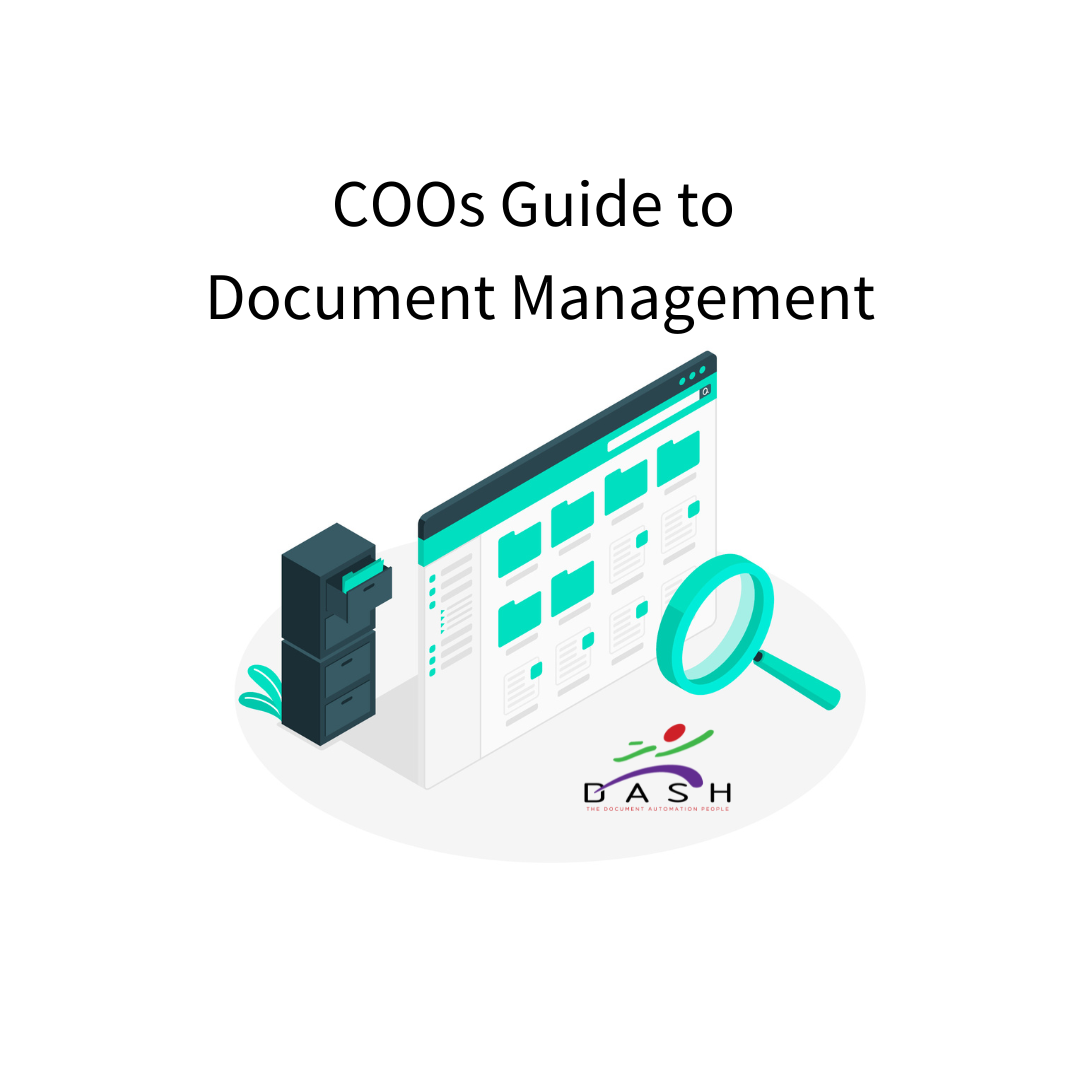What is Robotic Process Automation? (RPA)
What is Robotic Process Automation? (RPA)
Robotic process automation has helped businesses across the globe take the most mundane and repetitive computer-based tasks and processes and automate them. This frees up your team to perform human tasks and can boost employee morale with strategic and thought-provoking work. We want people to love their work. People love their job when they know their impact.
The DASH AP Robot™ is capable of mimicking interactions to carry out error-free tasks, at high volume and speed. Its main task is to 3-way match documents and data and posts the confirmed information to the system. The robot has a set of instructions and rules to follow, thus automating the business process of accounts payables.
Time Savings
If in the past, an invoice was received and opened via email, it could be as low as 5 minutes or up to 15 minutes to match up the information and post it to the system. If the AP team received 10 invoices that day at an average of 10 minutes an invoice, that’s an average of 100 minutes to match up the information (if everything was found correctly!) and post.
In this quote we found below, very hopeful numbers were predicting a much higher number would be implementing a form of RPA by 2020. Although overly optimistic – still spot on for the trajectory of where RPA is heading.
Why is RPA growing? Because people are the greatest cost in most companies. Making workers more productive can do wonders for the bottom line. As use-cases build, we expect most companies, especially large organizations, will find value in automating at least some tasks.
With the DASH AP Robot™, the automation of 3-way matching is a huge time savings for AP teams. When the robot detects invoice errors or exceptions, it files them into a folder. The exceptions are then highlighted so the AP team can quickly identify the information that needs attention, it’s corrected and moved through the ERP system.
The most important aspect of this improvement is that the accounts payable team is now able to focus on ONLY the exceptions. When the documents all match up, the team doesn’t have to touch or see anything (thanks robot!). This has improved compliance, eliminating errors, and omissions that could impact business negatively. Increasing accuracy and saving the team precious time. And another bonus of touchless invoice processing is the increased ability for timely payments and early payment discounts.
Increased Accuracy
With the automation of human tasks, you increase your team’s accuracy in inputting data and reviewing data. With 100% accuracy, there is no rework. Automating teams such as the finance team leverage the reliability of bots to achieve strict compliance standards. Robotic process automation in accounting is enabling new levels of speed and accuracy to pay vendors quickly and precisely.
Businesses looking to scale and not add additional overhead can benefit from RPA. Robotic process automation enables high-volume business processes to be more flexible to adapt to uncertain and changing environments. If your workforce changes (adding or subtracting workers) or your volume of business changes, the flexibility to handle any workload is achieved. Your new digital workforce is ready at a moment’s notice. The automation piece of the job is so simple and intuitive, that anyone can do it.
Under or Over Staffed?
Robotic Process Automation allows your staff to be agile and scalable. If your staff has been increasing or decreasing, this takes the pressure off managers because the information is automated. Staff can double-check for exceptions and reporting, but it’s no longer a full-time job. Overstaffed? This could mean your staff is now freed up for more human-related tasks and strategies, they can learn new business tasks or train cross-functionally, or maybe start a new project your team has been putting off. Understaffed? Now the RPA can assist an over-worked team to be more efficient in completing the tasks in less time and with higher accuracy. This could potentially help with the retention of employees that feel overworked.
TIP: Evaluate your internal processes and workflows that would be good candidates for robotic process automation.
The DASH AP Robot™ combines robotic process automation & AI to work together. As the AI side learns and mimics human judgment and the RPA side automates the decisions the robot makes. The two technologies work hand in hand. They complement each other nicely.
Interested in learning more about the DASH AP Robot™? Let’s chat!
About the Author:
Stephanie is the marketing guru at DASH. For over 20 years, DASH has been authoring, delivering, and supporting DASH DDX™ and DASH AP Robot™, its ERP-integrated software to small and mid-sized manufacturing and distribution companies throughout the USA and beyond.
Let’s chat!
Follow the Dash Blog
Sign up to follow blog posts from Dash





